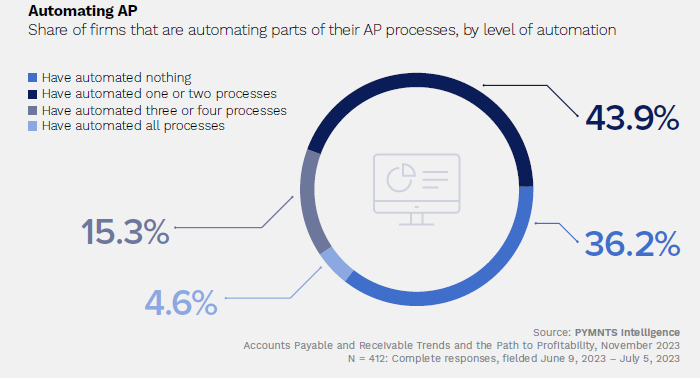It’s not just a fast fashion problem. As the luxury market has consolidated and companies have listed on the stock exchange, pressure to increase revenues every year coupled with growing consumption has driven up production volumes.
In luxury, handmade is here to stay
Automation can help with speed as luxury starts to edge closer to the production capacities of the mass market sector, with lower priced entry-level goods like logo T-shirts. However, machine-made products are still not associated with the perception of luxury, and as such brands will continue to ask for small elements of handmade craftsmanship, experts agree.
Some of the biggest players in luxury including Prada and Louis Vuitton have already started to use technology such as robots, 3D printing and AI to create garments and footwear, says Samuele Shalloufeh, founder and CEO of Benario Consulting, an Italian luxury fabric and leather goods manufacturer, wholesaler, importer and facilitator. “[Technology] makes no mistakes, so it’s something that can perfect the garment.”
Consumer demand for handmade goods has been steadily shrinking over the years, and artisanal skills are declining as those skills haven’t been passed to new generations. However, many consumers still understand the value, says Shalloufeh. “I’ve worked in luxury for over 17 years, and even the biggest client I have wants the finishings to be handmade. When you say handmade it sounds more luxurious,” he says. “I don’t think [handmade] will go anywhere, because luxury consumers will spend more money on it than if they think something has been made with an AI system. AI is good for saving money, but mass-production isn’t special.”
With the rise of technology, a space will grow between the manufacturing processes used for the top luxury goods compared to those that are more accessible. “[The desire for handcrafted goods in ultra-luxury] doesn’t mean your mass market line or your ready-to-wear line won’t use machines to do stitching or other areas of production because they’re not at the price point that is going to require the exclusivity,” says Shawn Grain Carter, professor at Fashion Institute of Technology.
Benario Consulting’s Shalloufeh thinks a combination of technology and human beings will be the winning formula in luxury. “Humans on their own are not going to be perfect, and neither will AI. Together they’ll work perfectly if you know how to understand the [manufacturing] system,” he says.
Protecting against social inequalities
As technological innovation continues to grow exponentially, social inequalities widen. Those with less access to lack digital literacy skills suffer because those skills have now become essential to most higher paid roles. “Workers in garment factories most of the time don’t have smartphones or basic levels of digital literacy, and it’s not an environment where experimentation is encouraged — in some cases it could result in job loss or punitive problems,” says Shimmy’s Krasley.










